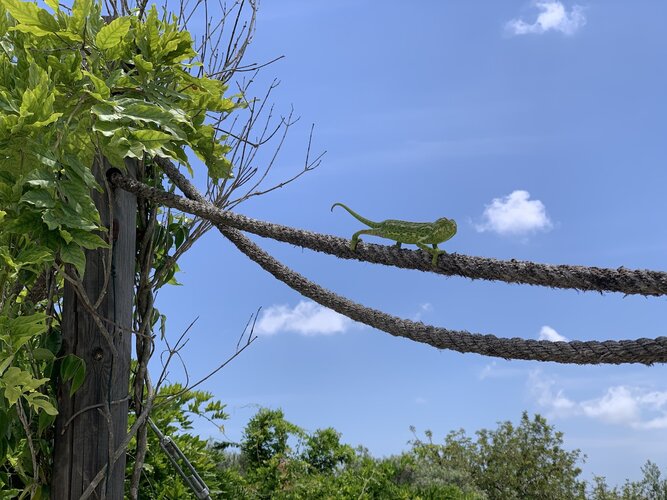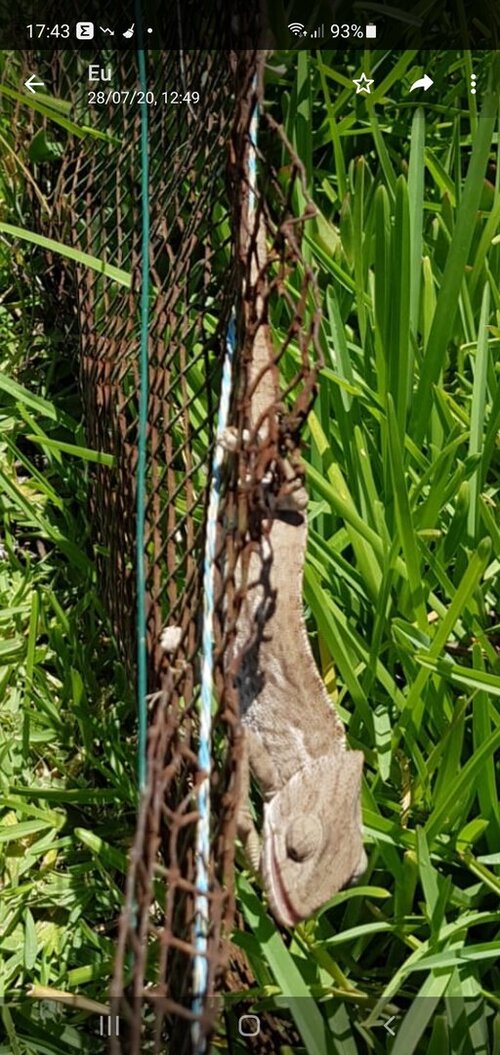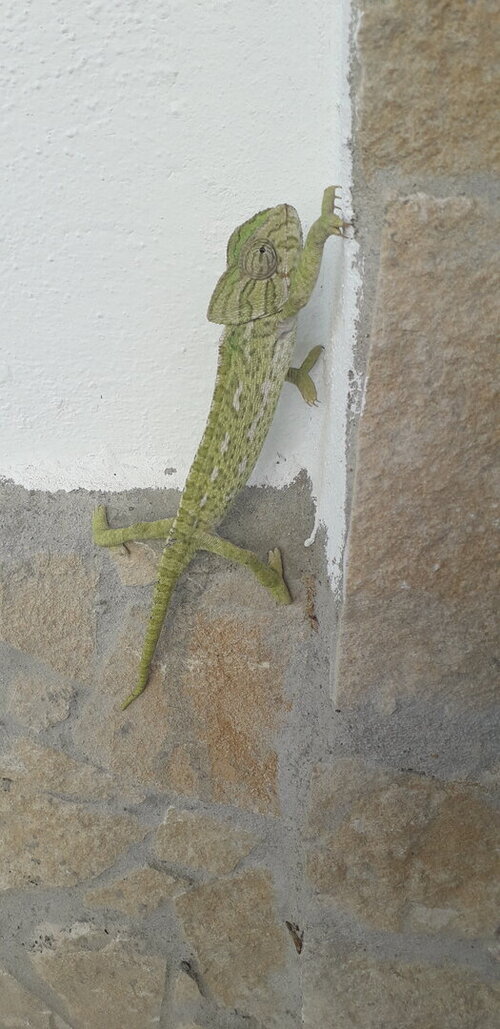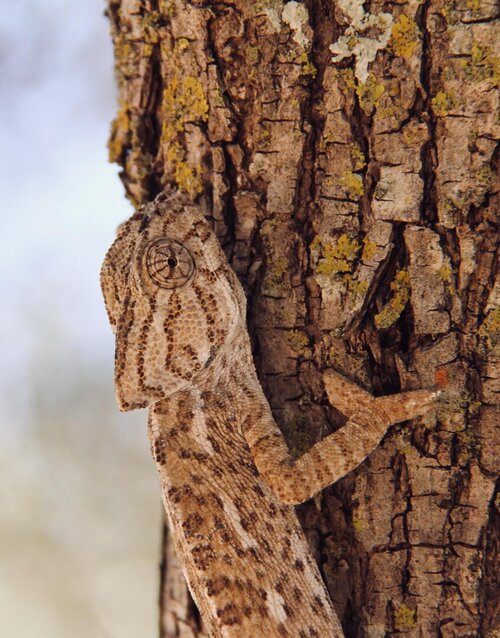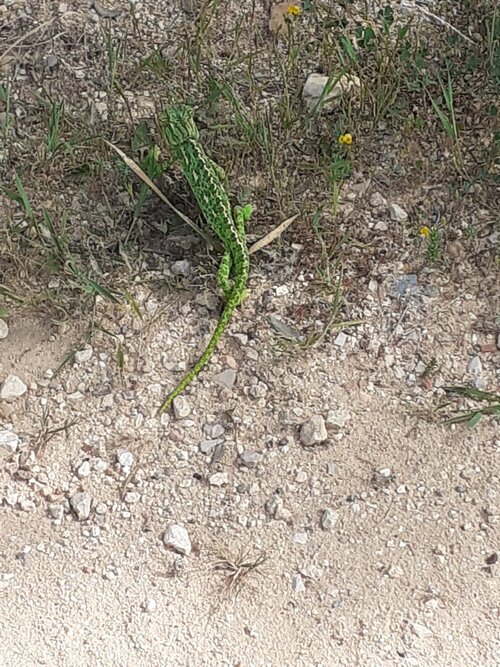Luena Soraya
New Member
Hello, I'm doing a project about the Chamaeleo Chamaeleon distribution but I am having trouble with some things. Since chameleons are hard to find, my project counts with the help of local communities to stay alert and take pictures with the location to send to us so we can gather all the sightings and work with the data for that project. So I'll have to identify chameleons through pictures which is rather difficult sometimes. And that is where my troubles surfaces.
Firstly, distinguishing juveniles from adults. To find info about how to distinguish them in other species is easy but since this species isn't really a domestic animal, I can't find much info on how to distinguish them. Some are easy to know but I want the data to be as correct as possible. (have attached pictures as examples)
Secondly, if there is the possibility of knowing if it's a male or a female through pictures.
Third and last, I know the change of colors is very related to their communication and physiological behavior (if they are going to put eggs, stress, ...). How can I read into the coloration? Does anyone know it or can show me scientific papers where I can look into it?
If anyone could help me, I would be very thankful!
Firstly, distinguishing juveniles from adults. To find info about how to distinguish them in other species is easy but since this species isn't really a domestic animal, I can't find much info on how to distinguish them. Some are easy to know but I want the data to be as correct as possible. (have attached pictures as examples)
Secondly, if there is the possibility of knowing if it's a male or a female through pictures.
Third and last, I know the change of colors is very related to their communication and physiological behavior (if they are going to put eggs, stress, ...). How can I read into the coloration? Does anyone know it or can show me scientific papers where I can look into it?
If anyone could help me, I would be very thankful!

